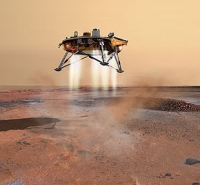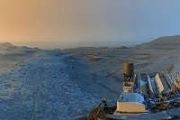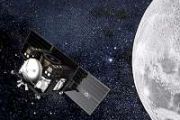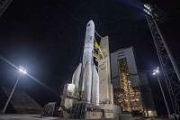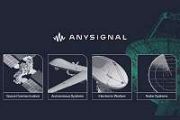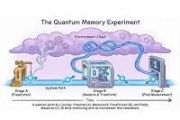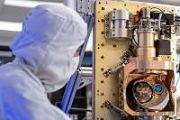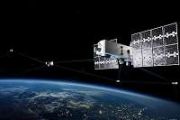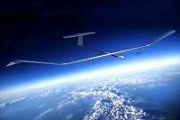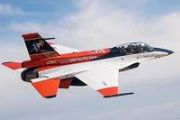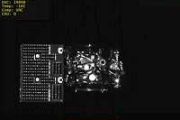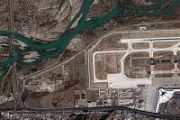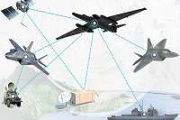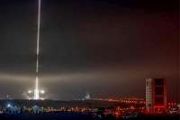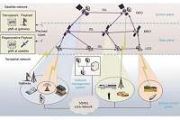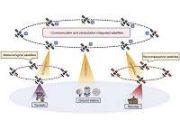Phoenix was a robotic spacecraft on a space exploration mission on Mars under the Mars Scout Program.
The Phoenix lander descended on Mars on May 25, 2008. Mission scientists used instruments aboard the lander to search for environments suitable for microbial life on Mars, and to research the history of water there.
The multi-agency program was headed by the Lunar and Planetary Laboratory at the University of Arizona, under the direction of NASA's Jet Propulsion Laboratory. The program was a partnership of universities in the United States, Canada, Switzerland, Denmark, Germany, the United Kingdom, NASA, the Canadian Space Agency, the Finnish Meteorological Institute, Lockheed Martin Space Systems, MacDonald Dettwiler & Associates (MDA) and other aerospace companies. It was the first mission to Mars led by a public university in NASA history. The mission underscored the value of university-led management. It was led directly from the University of Arizona's campus in Tucson, with project management at the Jet Propulsion Laboratory in Pasadena, Calif., and project development at Lockheed Martin in Denver, Colorado. The operational funding for the mission extended through November 10, 2008.
Phoenix is NASA's sixth successful landing out of seven attempts and is the most recent spacecraft to land successfully on Mars as well as the first successful landing in a Martian polar region. The lander completed its mission in August 2008, and made a last brief communication with Earth on November 2 as available solar power dropped with the Martian winter. The mission was declared concluded on November 10, 2008, after engineers were unable to re-contact the craft. After unsuccessful attempts to contact the lander by the Mars Odyssey orbiter up to and past the Martian summer solstice on May 12, 2010, JPL declared the lander to be dead. Like the two Mars Exploration Rovers, the program was considered a success because it completed all planned science experiments and observations.

